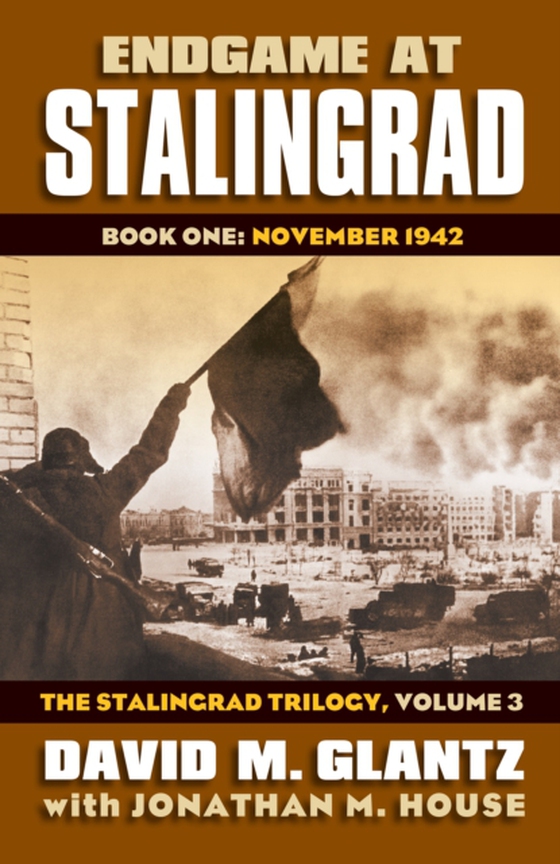
Endgame at Stalingrad e-bog
348,37 DKK
(inkl. moms 435,46 DKK)
The campaign intended to secure the Wehrmachts flanks had proven one front too many for the German Army. And now the offensive at Stalingrad, the epic clash that marked Germanys failure on the Eastern Front, was entering its grim final phase. In Book One of the third volume of his acclaimed Stalingrad Trilogy, David Glantz offers the definitive accountthe ground truth to counter a half-centur...
E-bog
348,37 DKK
Forlag
University Press of Kansas
Udgivet
29 marts 2023
Længde
680 sider
Genrer
3JJH
Sprog
English
Format
pdf
Beskyttelse
LCP
ISBN
9780700634415
The campaign intended to secure the Wehrmachts flanks had proven one front too many for the German Army. And now the offensive at Stalingrad, the epic clash that marked Germanys failure on the Eastern Front, was entering its grim final phase. In Book One of the third volume of his acclaimed Stalingrad Trilogy, David Glantz offers the definitive accountthe ground truth to counter a half-centurys worth of myth and misinformationof the beginning of the end of one of the most infamous battles of the Second World War, and one of the most costly in lives and treasure in the annals of history.When Volume Two left off, Germanys vaunted Sixth Army, already deflected from its original goalthe Caucasus oil fieldshad been drawn into a desperate war of attrition within the ravaged city of Stalingrad. In Volume Three, Book One, we see the ultimate consequences of the Germans overreach and the gathering force of the Red Armys massive manpower and increasingly sophisticated command. After failing repeatedly to find and exploit the weaknesses in Axis defenses, Stalin and the Stavka (High Command) finally seized their chance in mid-November of 1942 by launching a bold and devastating counteroffensive, Operation Uranus.Glantz draws a detailed and vivid account of how, in Operation Uranus, the Red Army's three fronts defeated and largely destroyed two Romanian armies and encircled the German Sixth Army and half of the German Fourth Panzer Army in the Stalingrad pocketturning the Germans world on its head. Like its predecessor volumes, this one makes extensive use of sources previously out of reach or presumed lost, such as reports from the Sixth Armys combat journal and newly released Soviet and Russian records. These materials (many cited at length or printed in their entirety in a companion volume) lend themselves to a strikingly new interpretation of the campaign's planning and execution on both sidesa version of events that once and for all gets at the ground truth of this historic confrontation.
 Dansk
Dansk

